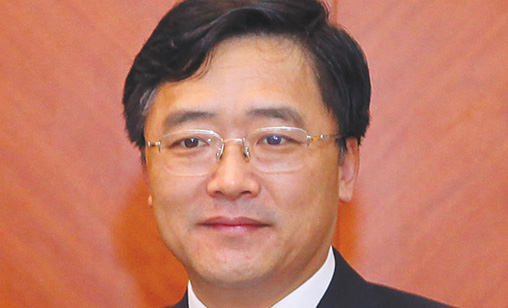Addendum
Alliances under challenge as joint ventures increase
December 1st 2017
Asia-Pacific carriers are looking outside their traditional alliances for growth and investment opportunities. Read More » Addressing the increasingly competitive spectrum of airline operations, it is being speculated that China Southern Airlines, Asia’s largest carrier, could relinquish its SkyTeam alliance membership.
Hong Kong’s South China Morning Post reported last month Delta Air Lines’ new Greater China chief, Wong Hong, as saying “I think we have to accept the reality. It is more for them to think through and decide”.
 |
More recently, Japan Airlines (JAL) and Russia’s Aeroflot signed a strategic cooperation agreement in early December. Initially, the carriers will code share on international services between the two countries and on each other’s domestic services. Ultimately, they will consider a joint business in the future, the airlines said.
JAL is increasingly looking outside the oneworld alliance for opportunities. The airline also signed codeshare deals with Hawaiian Airlines and VietJet Air earlier this year.
Talking to FlightGlobal last month, China Southern vice-chairman and president, Tan Wangeng, said the future of the airline’s SkyTeam membership was “a sensitive topic”.
In August, American Airlines closed a surprise US$200 million deal for a 2.68% holding in China Southern. In his interview with FlightGlobal, Tan said China Southern and American would strengthen their cooperation, particularly across the Pacific.
“This is the reason why we set the cooperation strategy relationship with American Airlines. It’s just the beginning. In the future, China Southern will fly more to the U.S. and American Airlines will fly more to China,” said Tan. Skyteam said it was “unaware of any plan” for China Southern to exit the alliance.
Separately, American and Qantas Airways are reapplying for approval of their trans-Pacific joint venture (JV). “The QF/AA JV is definitely still on the cards. We said previously we needed to do a better job of explaining the consumer benefits to the DoT (the U.S. Department of Transport) and we are in the process of doing that through a fresh application,” a Qantas spokesman told Orient Aviation last month.
“The timeline for a decision belongs to the DoT, but we’re not expecting an answer in 2017.”
The Qantas application follows the commencement of a reinvigorated relationship between SkyTeam members Korean Air and Delta. In late November, the DoT approved a trans-Pacific joint venture between the two airlines, although its implementation has still to be approved by South Korea’s Ministry of Land, Infrastructure and Transport.
The regulator is expected to approve the tie-up, but said it may be slow in being processed because this is the first time a South Korean airline has agreed to a JV with a foreign partner.
Just 18 months ago, most in the industry would not have believed Korean Air and Delta would establish such close ties. Although both airlines are SkyTeam members, their relationship has long been strained.
Now all is forgiven and the partners are expanding their limited code sharing with the addition of trans-Pacific cost and revenue sharing.
The two carriers also will work toward better schedule and frequent flyer benefit integration on their combined 370-destination network in Asia and the Americas.
All this is bad news for Asiana Airlines. The U.S. network of the Kumho Group subsidiary is dwarfed when compared with Korean Air. Relations between Asiana and its Star Alliance fellow, United Airlines, also could be better.
In the typical fashion of South Korean chaebols, Asiana has been slow in establishing initiatives with foreign partners, an attitude that has limited its cooperation with United.
“We have entered anti-trust immunity with Asiana. We do code sharing and some stuff together but not a JV type of thing. It can be a bit difficult. And we already have a wife in ANA. We’re looking at things, but there is nothing concrete,” the head of United for South Korea, David Ruch, told Orient Aviation.
“Asiana needs to form a strong partnership with a leading U.S. carrier if it wants to compete with its larger local rival and become a global carrier,” an analyst told the Korea Times.
Incheon International Airport opened a second terminal in November and all Korean, Delta and SkyTeam flights now operate from Terminal 2. Asiana and the Star carriers remain in Terminal 1.